I have a text file with data of the style:
0 0 123
0 1 1345
. . .
x(int) y(int) intensity(double)
. . .
0 max size y 1345
1 0 564
. . .
max size x max size y intensity last point
this data represents a 2D map of a substance diffusing on it which I can draw with colours just by using 1:2:3 w image command like:
plot data.dat u ($1):($2):3 w image
My problem now is: I also know the boundary conditions of my 2D plane, this is, not every square of the 2D plane is available to the substance diffuse and, although I know in these areas the intensity will be 0, I would like to draw these areas with a pattern fill. For knowing these regions I have another file with:
0 0 1
0 1 0
. . .
x(int) y(int) value
. . .
0 max size y 0
1 0 0
. . .
max size x max size y value last point
where value is 0 if it is an accessible region or 1 if it is not. How would you draw this part?
